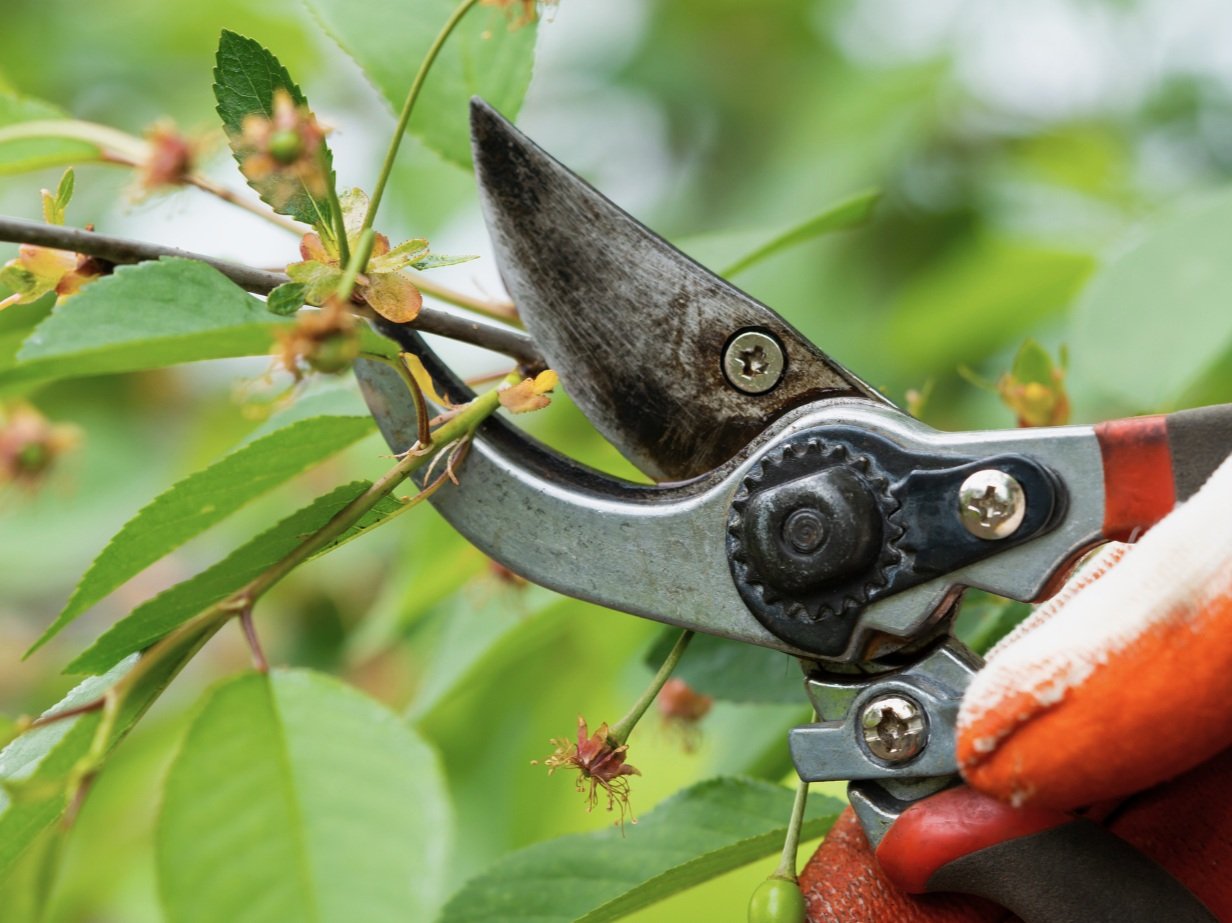
Your tree
calendar
A month-by-month guide to planting and caring for fruit and garden trees.
Whether you’ve just planted your tree or are hoping for your first bountiful harvest, the different seasons bring different jobs.
Picking, pruning, planting – it’s packed with pleasures. “Looking after trees should be a regular and enjoyable process,” says Sam Pearce, ITF’s UK & Ireland Programmes Manager. Fruit trees will need a bit more care in the medium term, as you’ll be wanting to keep them the right size and shape for optimum fruit production and harvesting.”
These are general pointers, but each tree will differ slightly, so check the label and ask advice for your specific tree, especially for fruit trees.
Trees are planted in the winter months as that’s when they are dormant or resting, meaning they can be planted without too much damage or shock. And the tree can settle in with plenty of rain and establish a root system before growing again in spring.
“With our changing climate our weather is becoming less predictable, so if you can, try to get your trees planted before Christmas to give them maximum time to adjust before the spring,” says Sam.
As our weather patterns change, so too does the care advice. If your location is experiencing unseasonable temperature or rain, you’ll need to skip forwards or hold back. So getting to know your tree and what you expect from it, is key.
November
Plant your tree
Collect fallen leaves for leaf mould – an excellent ingredient for mulch
December
Prune dormant fruit trees. Aim for a balanced structure and cut off diseased or damaged branches. Try to give the tree an open centre, where air and light can come through, reducing mould. Pruning can be a fine art so do refer to fruit tree manuals for guidance
January
Protect young trees with a wind barrier
Check stakes after storms; cut back damaged branches
Feed established fruit trees with an organic fertiliser like bone, fish or seaweed meal
February
Check hard frosts haven’t lifted new trees – firm them back down
Cut off lower branches if they’re blocking the light for grass and bulbs
Month-by-month
July
Tear off any small growths at the roots. Trees are spending energy on maintaining these suckers. Tear, don’t cut, as cutting encourages them to grow back
Check ties and stakes aren’t damaging the trunk
Harvest cherries or other ripe fruits
August
Weed round the base of trees if it’s dry
Prune fruit trees after harvest, especially those trained against a wall
September
Pluck ripe apples, pulling them off the tree with a gentle twist
October
Rake up fallen leaves – they’re a feast for slugs
Check the details of your fruit tree. Some fruits might want harvesting early, while some will be just perfect in October
March
Weed around the base of the tree – the weeds are competing with your tree for water and nutrients
April
Prune frost damaged shoots back to a healthy bud or 'stem junction’
Remove small fruit so trees can focus on building their roots and branches
Watch out for signs of pests or disease – leaves should be healthy, uniform and green – unless your tree is usually yellow or gold
May
Keep watering, especially on sandy soil
Prune any tree with a stone fruit – again refer to manuals for pruning advice
June
Prepare for the ‘June drop’ – trees naturally lose lots of immature fruit in June
Thin out the fruit, so that what remains on the tree can get more warmth, light and air
All year round
Mulching
It’s always good to mulch! Organic mulch adds nutrients, suppresses weeds and locks in moisture. Simply lay organic matter around the base of the tree, not touching the trunk – it can be made of bark chippings, grass cuttings, compost, manure, or whatever you can find.
Weeding
A task for all seasons. Weed and cut grass short near young trees to stop competition for water and nutrients.
The garden tree guide
-

1. Choosing the right place
-

2. Choosing the right tree
-

3. How to plant your tree
-

4. Looking after your tree






